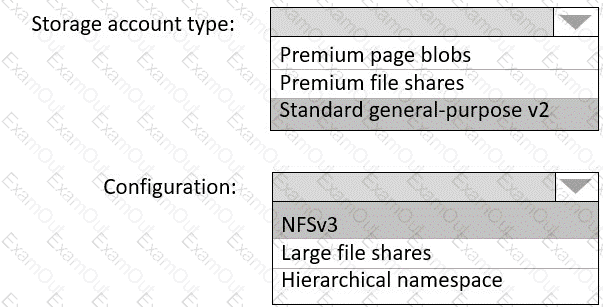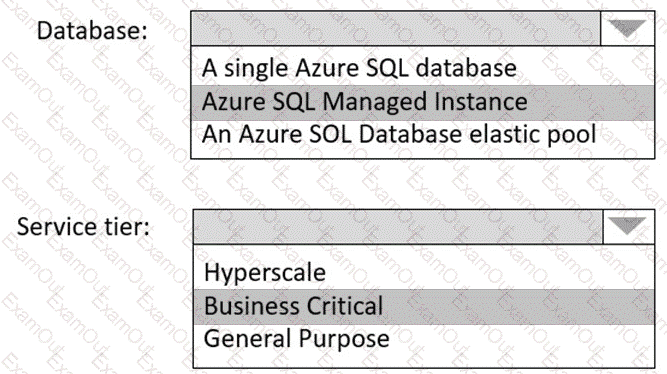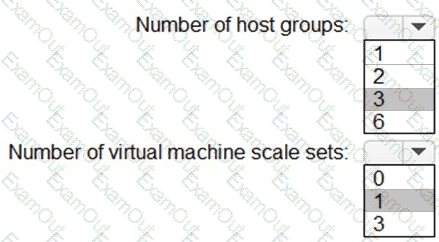You plan to migrate App1 to Azure.
You need to recommend a storage solution for App1 that meets the security and compliance requirements.
Which type of storage should you recommend, and how should you recommend configuring the storage? To answer, select the appropriate options in the answer area.
NOTE: Each correct selection is worth one point.
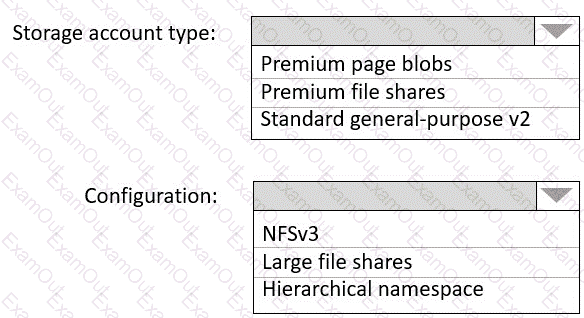
How should the migrated databases DB1 and DB2 be implemented in Azure?
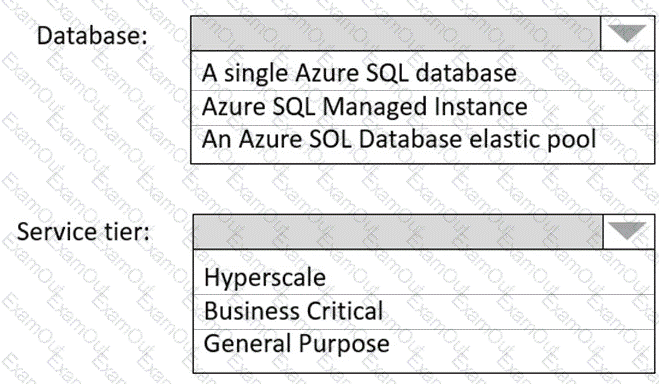
You plan to migrate App1 to Azure.
You need to recommend a high-availability solution for App1. The solution must meet the resiliency requirements.
What should you include in the recommendation? To answer, select the appropriate options in the answer area.
NOTE: Each correct selection is worth one point.
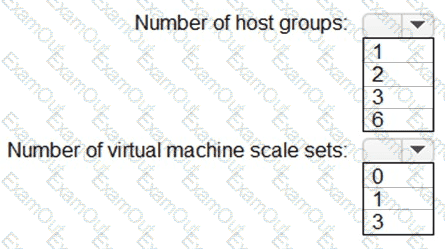
You plan to migrate App1 to Azure.
You need to recommend a network connectivity solution for the Azure Storage account that will host the App1 data. The solution must meet the security and compliance requirements.
What should you include in the recommendation?
You migrate App1 to Azure. You need to ensure that the data storage for App1 meets the security and compliance requirement
What should you do?
You plan to migrate App1 to Azure. The solution must meet the authentication and authorization requirements.
Which type of endpoint should App1 use to obtain an access token?
You plan to migrate DB1 and DB2 to Azure.
You need to ensure that the Azure database and the service tier meet the resiliency and business requirements.
What should you configure? To answer, select the appropriate options in the answer area.
NOTE: Each correct selection is worth one point.
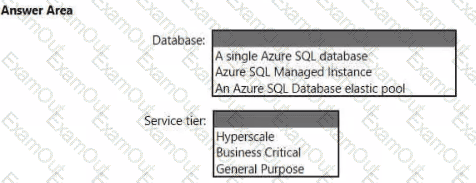
A company has an on-premises file server cbflserver that runs Windows Server 2019. Windows Admin Center manages this server. The company owns an Azure subscription. You need to provide an Azure solution to prevent data loss if the file server fails.
Solution: You decide to create an Azure Recovery Services vault. You then decide to install the Azure Backup agent and then schedule the backup. Would this meet the requirement?
You need to implement the Azure RBAC role assignments for the Network Contributor role. The solution must meet the authentication and authorization requirements.
What is the minimum number of assignments that you must use?
You need to recommend a strategy for the web tier of WebApp1. The solution must minimize What should you recommend?


